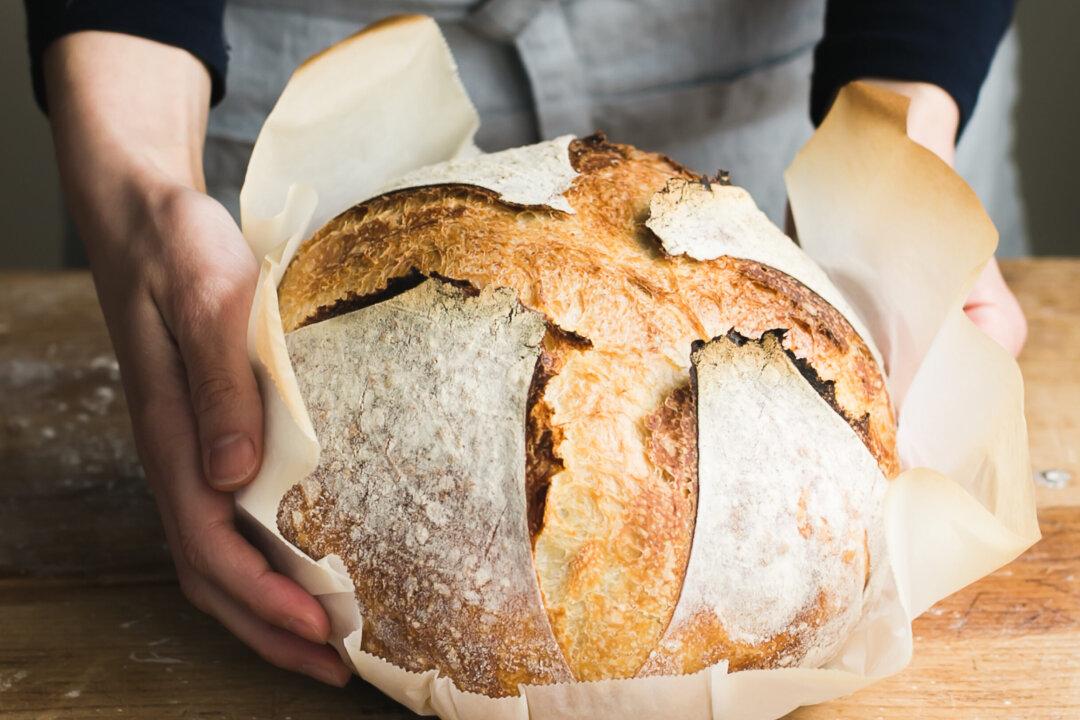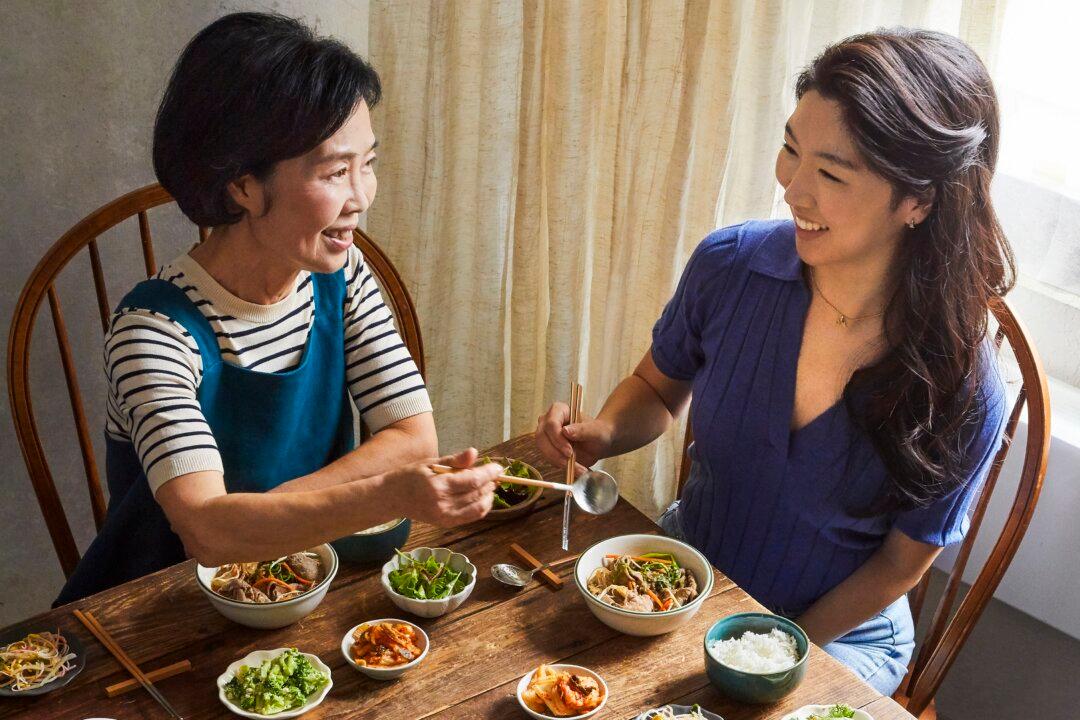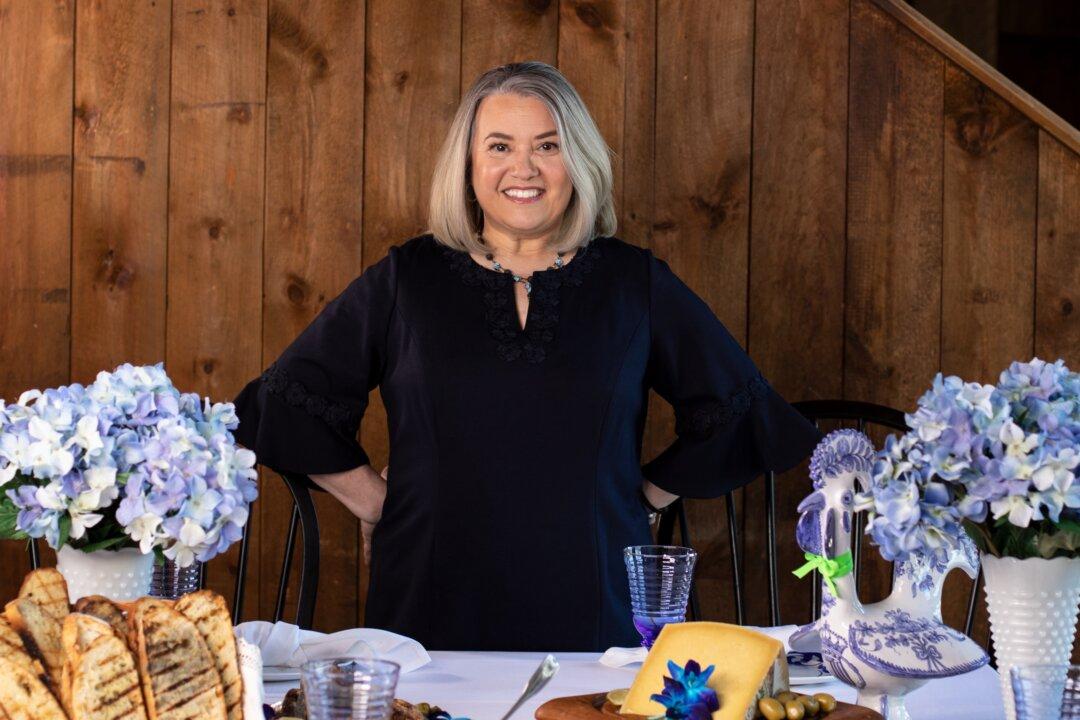When I think of a food that most frequently populates or defines my life, it is bread. The thread of my life can be traced by the bread in it.
There are the peanut butter and honey sandwiches my mom used to pack into little Ziploc bags for me and my siblings to take to the community pool. We would unwrap them with shriveled fingers, cuddled up onto oversized towels by the far fence in the shade.





